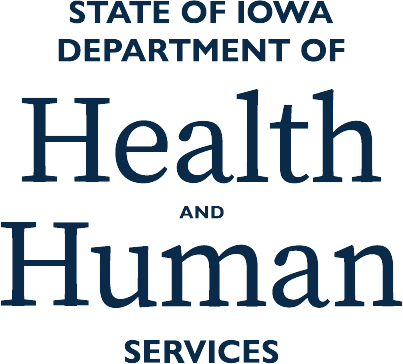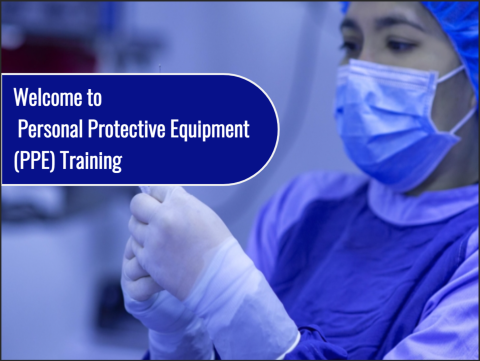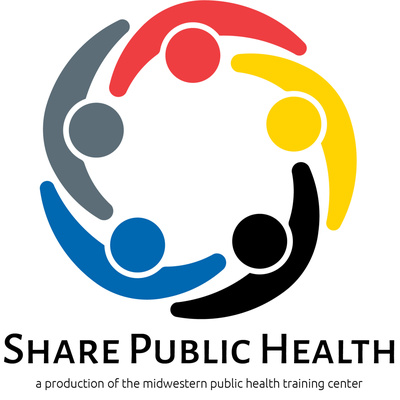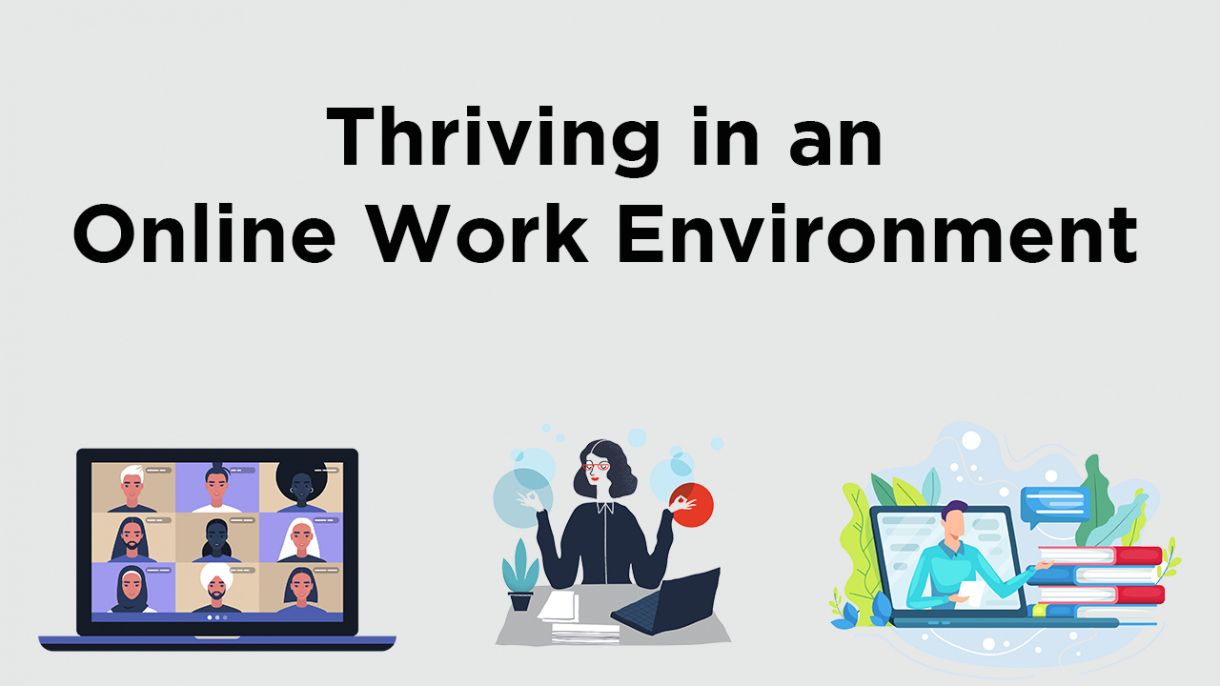Goal
This course is designed for local public health agencies and professionals who may be involved in public health disasters. The goals of the course are to:
- Increase awareness of the importance of using PPE in public health emergencies and crises.
- Reinforce appropriate PPE in different crisis situations and biohazards.
Intended Audience
The intended audience for this course is local public health employees/ agencies and “on site” professionals who may be involved in public health emergencies such as flooding, disease outbreak, hurricanes and floods, debris cleanup, mass fatalities, or any other related public health emergencies.
Length
The length of time for participants to take this course is estimated to be one hour.
Capabilities Identified:
-
Capability 14: Responder Safety and Health
- Function 1: Identify responder safety and health risks
- Function 2: Identify safety and personal protective needs
- Function 3: Coordinate with partners to facilitate risk-specific safety and health training.
- Function 4: Monitor responder safety and health actions
Competencies Identified:
-
1.4 Maintain situational awareness.
- 1.4.3 Use information and resources that identify changes in the situation and/or response.
- 1.4.7 Distinguish between critical and non-critical elements of the emergency.
- 1.4.9 Develop a method for realigning response actions as crisis events evolve.
-
4.2 Employ protective behaviors according to changing conditions, personal limitations, and threats.
- 4.2.1 Discuss the need to protect worker health and safety in emergencies and disasters.
- 4.2.2 Categorize potential threats and emergencies.
- 4.2.3 Promote taking protective actions in response to current and changing threats.
- 4.2.4 Describe the relationship among protective measures, behaviors, and reduction of worker risk of injury or illness.
- 4.2.5 Describe the hierarchy of control measures.
- 4.2.6 Describe how the selection of control measures may evolve as conditions change.
- 4.2.8 Discuss public health worker’s roles and responsibilities in designing, implementing and evaluating engineering, administrative, work practice and Personal Protective Equipment (PPE) control measures.
- 4.2.9 Organize a system for reporting injuries, illnesses, and potential emergency harmful exposures to protect workers.
- 4.2.10 Apply decontamination procedures as necessary during the emergency or disaster response
- 4.2.11 Employ practices to minimize exposures to agents and hazards during an emergency.
- 4.2.13 Exhibit personal hygiene practices that minimize exposure to chemical, biological, or radiological agents that may be present during emergencies and disasters.
- 4.2.14 Demonstrate proper use and maintenance of assigned Personal Protective Equipment (PPE) in an emergency.
- 4.2.15 Demonstrate correct donning of chemical protective clothing, respiratory protection, protective eyewear, protective footwear, hearing protection, gloves, and any other assigned Personal Protective Equipment (PPE).
- 4.2.16 Apply the proper methods to maintain, store, decontaminate and dispose of different types of Personal Protective Equipment (PPE).
Core Competencies for Public Health Professionals (Adopted Oct 21,2021 Version)
Domain 1: Data Analytics and Assessment Skills
1.8.5 Identifies public health programs and organizations with authority to address specific community health needs (e.g., lead in housing, water fluoridation, bike lanes, emergency preparedness, infectious disease outbreaks)
Course Content
There are four sections in this course:
Section 1: Incident, Hazards, and PPE
Section 2: Donning and Doffing PPE
Section 3: Importance of Personal Protective Equipment
Activity: PPE Challenge!
There are review questions at the end of Sections 1 through 3. These review questions provide you with an opportunity to apply the knowledge and skills presented in these sections. There is a Posttest at the end of the course.
Learning Objectives
Section 1: Incidents, Hazards, and PPE
After completing this section, participants will be able to:
- Identify different types and levels of PPE.
- Match the hazards, risks, and the recommended PPE.
- Describe the limitations of PPE in protecting yourself and others from injury.
- Explain the appropriate use of PPE and other protocols (standard precautions, expanded precautions, and hand hygiene) in protecting yourself and others from infectious disease.
Section 2: Donning and Doffing PPE
After completing this section, participants will be able to:
- Describe how to properly don, adjust, wear, and doff the most common types of PPE.
- Explain how to maintain PPE properly.
Section 3: Importance of PPE
After completing this section, participants will be able to:
- Explain the importance of PPE.
- Describe lessons learned when personal protective equipment (PPE) is not used.
Activity - PPE Challenge!
After completing this section, participants will be able to:
- Select the appropriate PPE for the given incidents.
Certificate of Completion
A certificate of completion is awarded on successful completion of this course. In order to successfully complete this course, you MUST score 70% or higher on the Posttest.
If you do not receive 70% on the posttest, you may review the material and re-take it. The posttest will become available for a re-take 2 days after your first attempt.
Modality/Format
Online Self-Pace
Length
1 hour
Technical Requirements
- Adobe Acrobat Reader
- Speakers
Course Redesign and Redevelopment (June 2023)
Subject Matter Expert & Narrator
- Douglas Rierson
Instructional Designers & Developers
- Christine McQuillan
- Dena Fife
- Alyssa Azhari
Audio/Video Production
- Melissa Richlen
LMS Coordinator
- Tim Beachy
Course Creation and/or Update
June 2023
Acknowledgements
The following organizations collaborated on the development of this course: Iowa Department of Public Health (IDPH); University of Iowa College of Public Health, Institute for Public Health Practice (IPHP).


Need Assistance?
If you need technical help, please Contact Us




